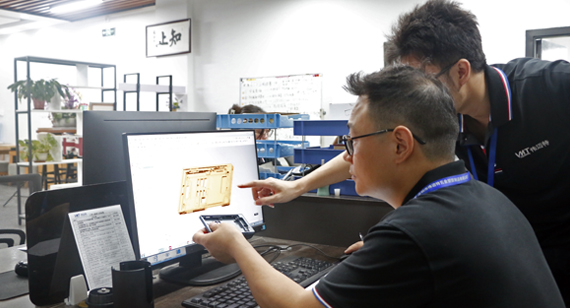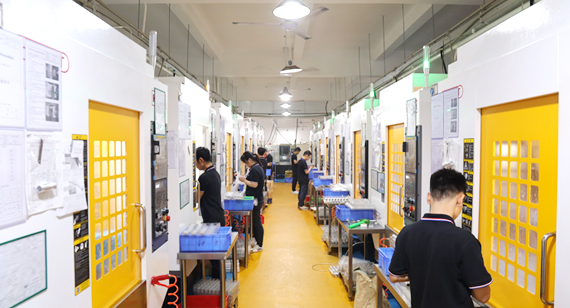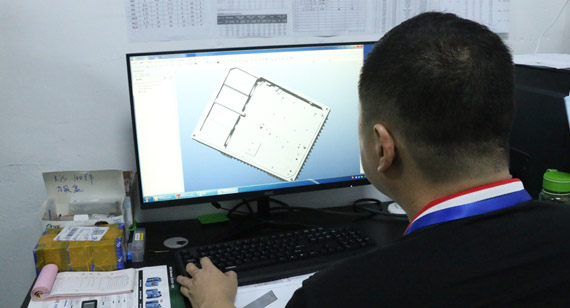15 years one-stop China custom CNC machining parts factory

Hey there I’m VMT Sam!
With 25 years of CNC machining experience we are committed to helping clients overcome 10000 complex part-processing challenges all to contribute to a better life through intelligent manufacturing. Contact us now
 167 |
Published by VMT at Oct 19 2023
167 |
Published by VMT at Oct 19 2023
Stabilizing and Adjusting Process Parameters in Aluminum CNC Machining
Achieving consistent quality in aluminum CNC machining requires a careful approach to process parameter stability and adjustment. Here's how you can do it:
1. Initial Assessment: Begin by thoroughly evaluating the process parameters, including feed rates, spindle speeds, tool geometry, and toolpath strategies. This initial assessment is crucial in understanding the existing conditions.

2. Data Collection: Use sensors and monitoring systems to collect real-time data during CNC machining. Measure temperature, vibration, and cutting forces. This data will serve as your baseline for adjustments.

3. Statistical Analysis: Employ statistical methods like Design of Experiments (DOE) or Six Sigma to analyze the collected data. Identify variations and trends that affect product quality.
4. Identify Critical Parameters: Pinpoint the process parameters that significantly impact the quality of your CNC-machined aluminum parts. These might include cutting speed, depth of cut, tool wear, and tool path.
5. Tolerance Analysis: Determine the acceptable tolerances for your CNC parts. This analysis guides your efforts to ensure the final product meets your quality standards.
6. Tool Wear Monitoring: Implement a tool wear monitoring system. This will help you track the condition of cutting tools and replace them proactively to maintain quality.
7. Feedback Loops: Establish feedback mechanisms that allow for real-time adjustments during the machining process. Automated systems can make instant corrections based on the collected data.
8. Continuous Improvement: Treat process stability as an ongoing effort. Regularly review and adjust your process parameters to account for changes in tooling, materials, or machining conditions.
9. Operator Training: Ensure your machine operators are well-trained and knowledgeable about the critical process parameters. Skilled operators can make real-time adjustments when necessary.
10. Simulation: Utilize software simulations to model the effects of various parameter adjustments before implementing them on the shop floor. This reduces the risk of defects.

By following these steps and prioritizing process parameter stability, you can consistently produce high-quality CNC-machined aluminum parts, meeting your specifications and exceeding your customers' expectations.
Ready To Start Your Next Project?
Get Instant Quote

Request a Free Quote
Send us a message if you have any questions or request a quote. We will get back to you ASAP!